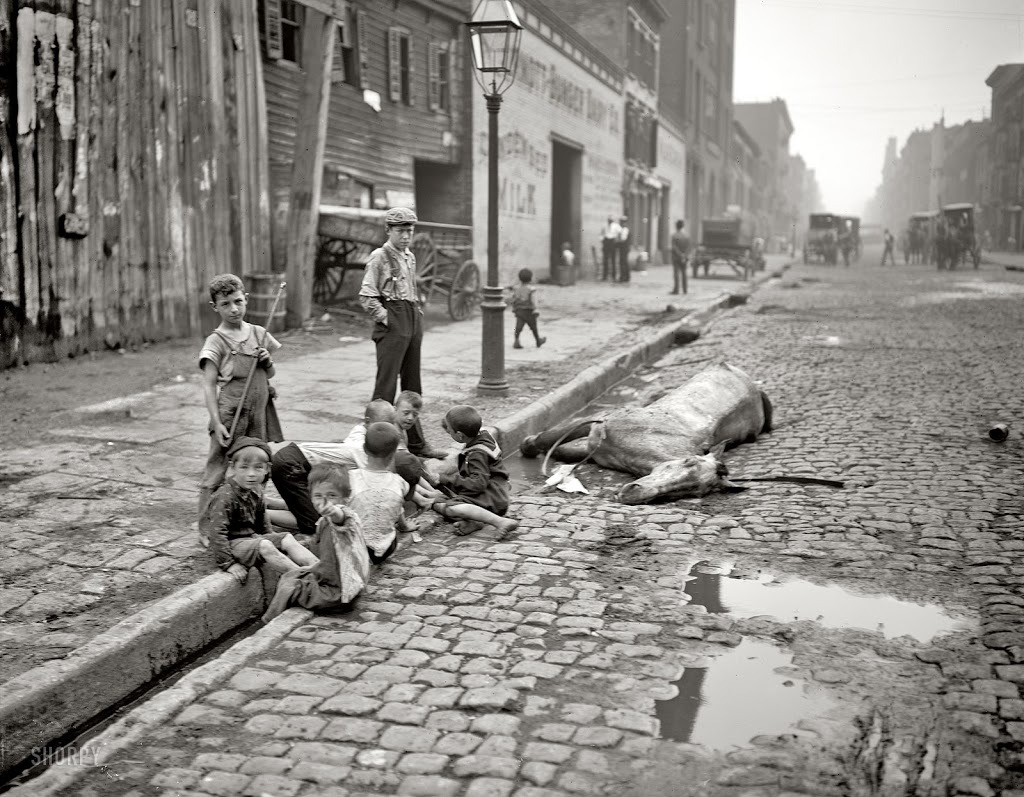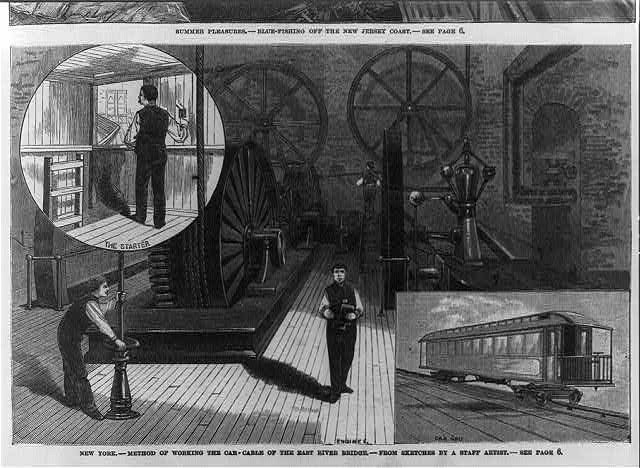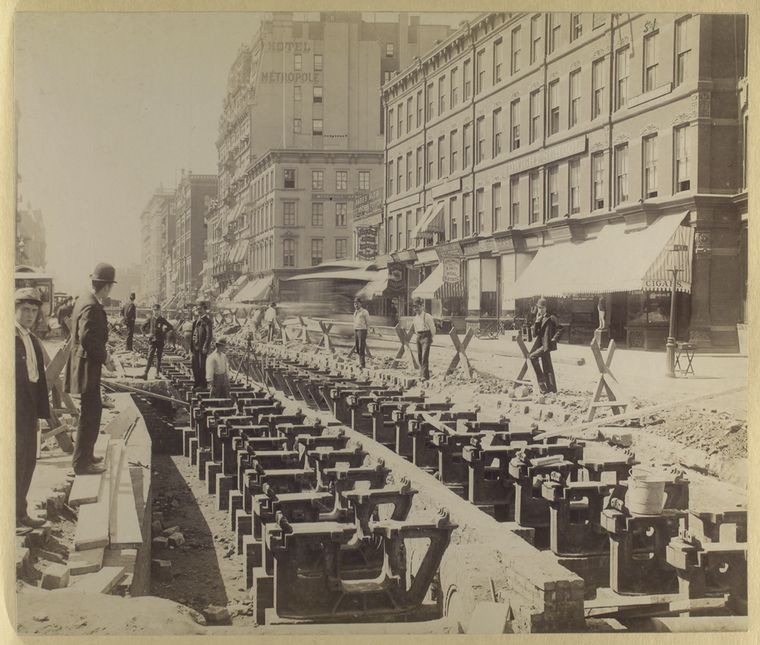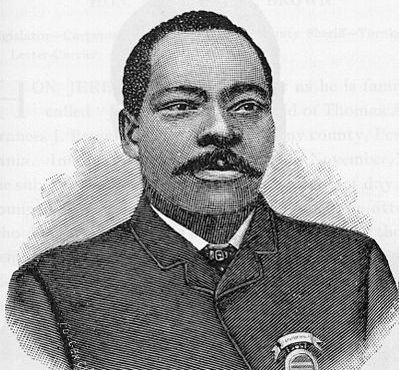Cable Cars, Trolleys And Monorails: The Forgotten Transit Legends Of Old New York
Looking back at the history of New York City’s public transportation, it’s clear that the city has come a long way from its early, horse-dominated streets. Back then, getting around was slow, smelly, and tough on the animals that powered the city.
To keep up with its growing population, New York began experimenting with new and innovative transit methods, from cable cars inspired by San Francisco to the rise of trolleys and the brief but disastrous attempt at a monorail system.
Let’s take a journey through these forgotten methods that once moved the masses.
Horse-powered transportation in early New York

Before the 1870s, New York City thrived on horsepower—literally. The streets were bustling with thousands of horses pulling streetcars, omnibuses, carts, and just about everything else that needed to move.
But life for these horses was anything but glamorous. Their life spans were short, and when they died, their bodies were often left on the streets or dumped at designated spots along the waterfront.
The harsh reality of this era is captured in a haunting 1900 photograph titled “Close of a Career,” showing the grim end of many a working horse. It’s a stark reminder of the city’s early dependence on these animals and the heavy price they paid.
Introduction and evolution of cable cars

New York’s first foray into cable cars was quite innovative, blending steam power with cable technology to conquer the incline of the Brooklyn Bridge in 1883.
Engineers at the time doubted that a regular steam locomotive could make it up the bridge’s steep approach, so they devised a hybrid steam/cable system.
The powerhouses that drove this system were located beneath the bridge’s approaches, marking the beginning of New York’s experimentation with cable cars.

By 1891, the city was digging up the streets around Union Square to install its first true cable car system.
However, this project wasn’t without its flaws, as one infamous stretch known as “Dead Man’s Curve” became notorious for the high-speed, dangerous turns that led to frequent accidents.
Traffic and transit congestion

As New York’s streets filled with more and more modes of transportation, traffic congestion became a frustrating daily reality.
By 1892, the city’s streets, particularly Broadway between Union Square and Madison Square, were often jam-packed with a mix of machines and horses, sometimes coming to a complete standstill.

This chaos was a common sight, reflecting the growing pains of a rapidly expanding metropolis.
Public sentiment was far from positive, as illustrated in an 1894 issue of Life Magazine, which depicted the dangers and unpredictability of the cable car system in a satirical light.
Rise of the trolley system

As New York moved into the 20th century, the trolley system began to dominate public transit, particularly in Brooklyn. By the 1930s, trolleys had become the primary mode of transportation for most Brooklyn residents, with an extensive network crisscrossing the borough.
A map from this period reveals the vastness of the Brooklyn trolley system, which was then part of the Brooklyn-Manhattan Transit Corporation.

Innovators like Granville Woods were also pushing the boundaries of trolley technology, with Woods introducing a “wireless” trolley system in 1892.
Unfortunately, Woods had to fight for recognition of his contributions, a struggle all too common for many inventors of the time.
Monorail and transition to trolleys

The dream of a monorail system in New York took a nightmarish turn with the ill-fated launch of the Pelham Park and City Island Railroad. On its inaugural run, the monorail car tipped over, injuring many passengers and making headlines in the New York Times.
Despite this disastrous start, the monorail limped along for a few years before it was replaced by a more reliable trolley system.

By 1905, Times Square’s streets were grooved with trolley rails, as seen in a bird’s eye view taken from the top of the Times Building.
While horse carts were still, they were quickly becoming a thing of the past as New York embraced the more efficient trolley system.

